To help you prepare to re-open your childminding business or nursery setting after lockdown, our early years expert Rebecca Martland has put together a detailed guide. This advice was updated on 25th May 2020 after the publication of the ‘Planning guide for early years and childcare settings’ (DfE, 24th May 2020).
Advice for childminders and nurseries to help reduce the risk of infection after lockdown
An essential element of preventing the spread of any infection is that of paying close attention to stringent hygiene practices, including cleaning and personal hygiene. This is something childcare settings do every day and do very well. Many of these existing principles around hygiene are the same as those that now need to be applied to the Coronavirus, just in a more concerted effort.
The main ways in which infection control is expected to be managed in childcare settings are:
- Washing hands frequently
- ‘Good respiratory hygiene’
- Cleaning frequently touched surfaces often
- Minimising contact and mixing between groups of children and the adults caring for them
There has been a lot of guidance issued on this this topic. The primary documents that should be referred to are:
Additional advice, guidance and legal requirements can be found on the HSE website.
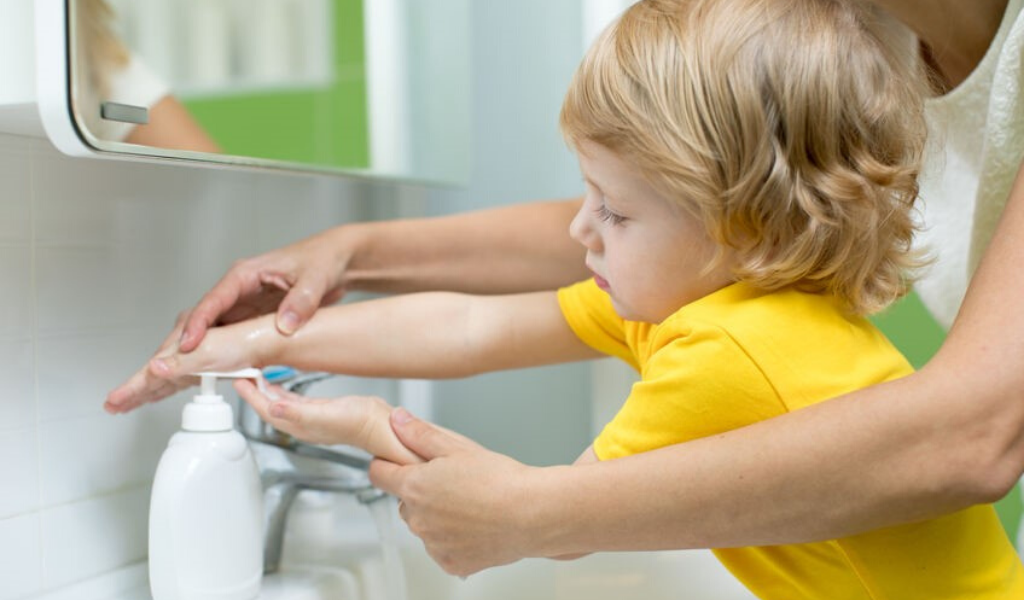
Handwashing and personal care
Wash hands frequently using warm soapy water for 20 seconds (sing a song), including on arrival, before leaving, after toileting, playing outside, touching pets, before and after eating and at regular interval during the day.
Promote ‘good respiratory hygiene’ through the ‘catch it, bin it, kill it’ message and encourage children to avoid touching their faces. Teach them to cover their mouth and nose with a tissue when they cough or sneeze or, if not available, into the crook of their elbow, not their hand. Dispose of tissues into a lidded bin or disposable bag and immediately clean hands with soap and water for 20 seconds or use a hand sanitiser.
Follow your normal procedures for personal care routines, including nappy changing and applying sunblock. You might also consider applying hand cream (with parental agreement) as frequent hand washing may cause dry, cracked hands. You should discuss and agree with parents who provides this. You can encourage children to apply creams independently if they are able to do so.
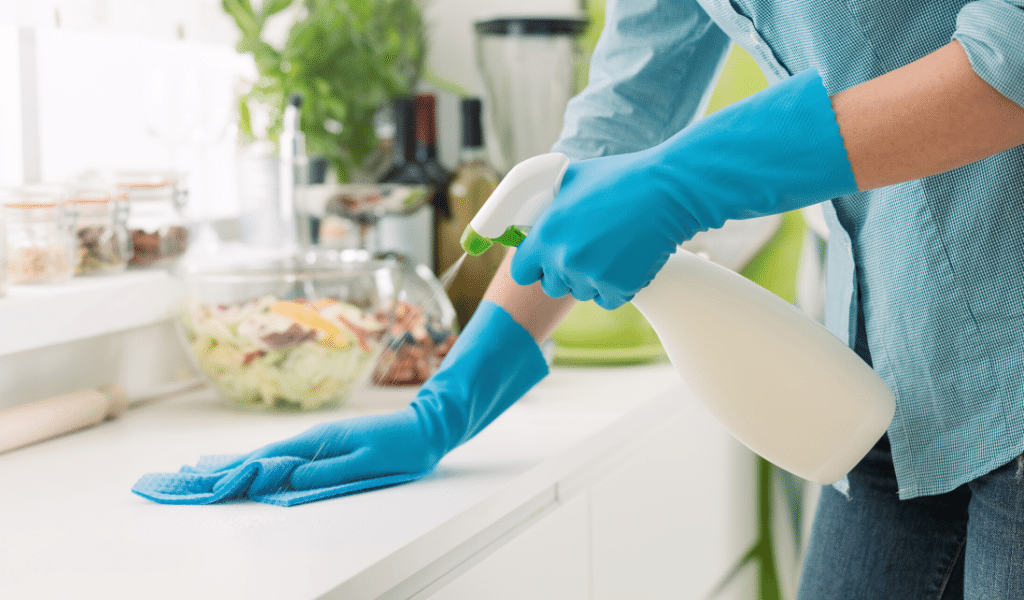
Cleaning
Risk assess, using your current cleaning schedule, to decide what additional measures you need to take, for example:
- Remove soft furnishings, soft toys and hard to clean toys (such as those with intricate parts, made of natural materials or that might be damaged by detergents) where feasible
- Clean any soft furnishings, dressing up clothes, car seat covers etc. that have not been removed, at the end of the day, in the washing machine or using a steam cleaner as appropriate
- Cover upholstery with throws that are washed daily; rugs and carpets can be steam cleaned but this can damage them if done too frequently, so perhaps limit this to where there is a suspected case of Covid-19 in the setting. This is not listed as something that must be done in the PHE guidance, however.
- Clean surfaces that are frequently touched more often, identifying points in the day to do this, such as meal and nap times or after use, as well as at the start and end of every session
- door handles
- toilet seats and flushes: I would suggest cleaning after use if practical, and always between being used by people from different bubbles using the facilities
- sinks and taps: see toilets above
- light switches
- handrails and bannisters
- table-tops and chairs: after use
- play equipment and toys: I would suggest always wiping after use where these are susceptible to mouthing
- electronic devices
- buggies
- highchairs
- dummies: before and after use. Store in a lidded container between use. Children should not walk around with dummies
- Some toys, such as Duplo or plastic food, can be washed in the dishwasher (or washing machine, but that can be a bit noisy) or placed in the bath, with a sterilising solution, such as Milton’s Fluid. Putting loose items into a large mesh bag or pillowcase makes this process easier!
- Prop open doors (considering fire safety and safeguarding requirements), to reduce touching of door handles and aid ventilation.
- PHE advise that outdoor equipment should not be used unless the setting is able to ensure that it is appropriately cleaned between groups of children using it. This is unlikely to be an issue in a childminder setting where there is usually only one ‘bubble’ but is something group settings will need to consider.
- PHE advises that sand pits are NOT used at present due to the difficulty in ensuring that these are cleaned sufficiently thoroughly and effectively
When cleaning, PHE recommend using a disposable cloth to first clean with warm soapy water, then with the cleaning products you normally use*, whilst wearing disposable gloves and apron to protect hands and clothing. Hands should be washed with soap and water for 20 seconds after removing gloves and aprons.
*PHE have advised that standard household detergents and bleach are very effective at getting rid of the virus on surfaces, and no ‘special’ or industrial products are required.
PHE suggest contacting ‘public sector buying organisation partners’ (for example ESPO, YPO, NEPO) to purchase cleaning supplies, or you could investigate wholesalers, such as Costco or Macro, perhaps co-ordinating with other local settings, Childminding groups to bulk purchase.
The degree and frequency of cleaning you undertake will be dependent on a number of factors, including footfall, ages of children cared for, type and layout of the setting, length of time open each day, range of resources available etc. and should be guided by your risk assessment. You may need to be more vigilant if you have children who mouth, lick or chew toys.
For most settings, concentrating on those key, high contact areas, identified by the PHE, will be the focus, rather than a full, daily deep clean. This is not to say you can’t do a deep clean, if you decide it is necessary, perhaps because you have had to send a child home with Covid-19 symptoms, or for your peace of mind.
More thorough cleaning is required if you have a suspected case of Covid-19 in your setting. Ensure that gloves and aprons are worn and if there is visible contamination e.g. with body fluids, then additional PPE to protect the face might be necessary (see below).
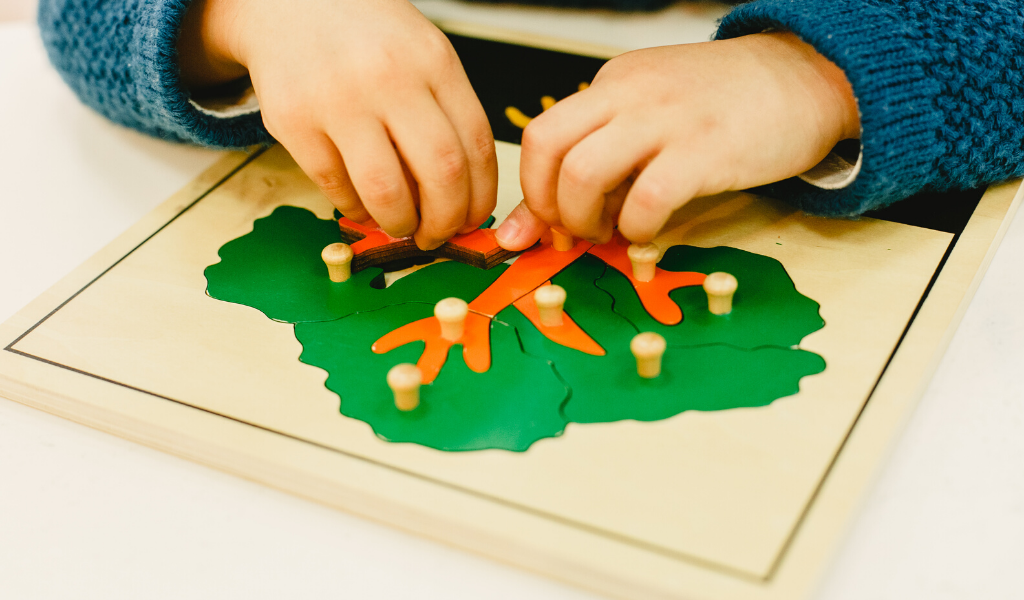
Other things to consider:
- Reduce the resources you have on offer to make daily cleaning after the children have gone home more manageable.
- Although is not a requirement that children have separate toys and resources, the guidance does say that education settings should try to ‘prevent the sharing of stationery and other equipment where possible’ so this is something to bear in mind when conducting your risk assessment.
- Resources do not need to be cleaned between different children from within the same group/bubble using them, unless you have decided this is necessary following your own risk assessment, for example, if you have children who regularly mouth or lick toys, but toys and resources must not be shared between different bubbles without cleaning them first.
- The same principles apply to messy play, such as playdough, sand and water. This can be offered individually, perhaps using washing up bowls or litter trays, or as a communal activity within the same bubble if your risk assessment allows it. Personally however, I would err on the side of caution and would recommend that these are offered on a separate basis in order to minimise the risk of cross-contamination. Either way materials should be discarded or washed at the end of the session as appropriate.
- As stated earlier, PHE have stated that sand pits should not be used.
- Whilst we don’t know exactly how long Coronavirus stays active on surfaces, studies of other viruses in the same family suggest that the risk is likely to be reduced significantly after 72 hours.
- If you have resources that cannot be cleaned easily, such as natural loose parts, wooden toys, books or play equipment might be damaged through cleaning or is too bulky or intricate, you could consider ‘quarantining’ these for 72 hours on a rotational basis, after which, in theory, they would be safe to play with again. This approach should be used with caution however, and your own research undertaken. It is not a method of infection control contained within government guidance.
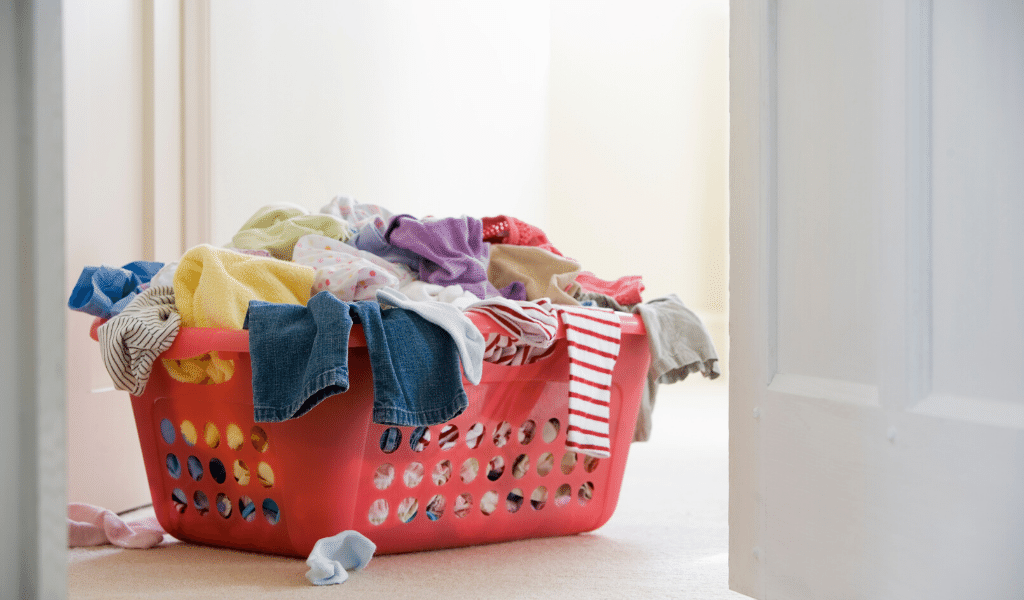
Laundry
- PHE and Government guidance state that there is no need for anything more than normal personal hygiene and washing of clothes following a day in a childcare setting. There is no requirement to change children’s clothes on arrival at the setting.
- Wash items following manufacturer’s instructions using the warmest water setting, then dry. Dirty laundry that has been in contact with an unwell person can be washed with other people’s items.
- Do not shake dirty laundry, to minimise risk of spreading the virus through the air.
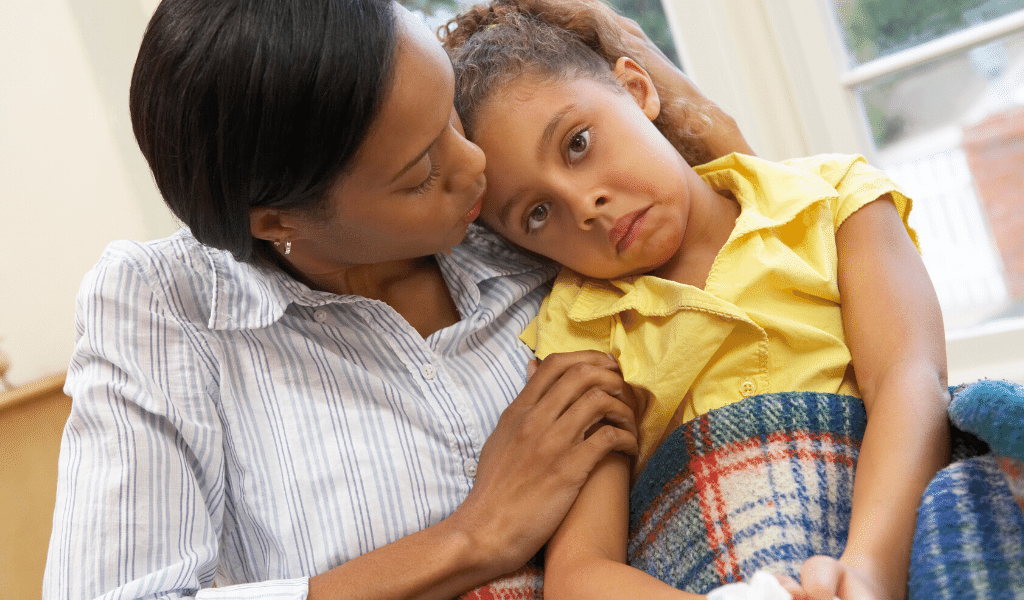
Sickness policy
You will need to review and amend this policy in line with Covid-19 guidance and any relevant changes you are making as a result.
On a webinar recently the trainer suggested treating children with Coronavirus symptoms in the same way you would if they had diarrhoea and vomiting. That is, if they have a high temperature or continuous cough or loss of sense of smell (most children probably won’t mention this) send them home immediately, no arguments.
Other symptoms, such as stomach ache, sore throats, rashes, and headaches have all been reported in association with Coronavirus but they are not on the recognised symptom list and so should be treated in the usual way, as per your sickness policy, as should runny noses, vomiting, diarrhoea, etc.
Anyone with any of the three recognised symptoms of Coronavirus must be:
Personal protective equipment (PPE)
- If a setting routinely uses PPE such as aprons and gloves for nappy changes etc., they may carry on as usual, but these are not requirements. Gloves and aprons are also recommended whilst undertaking cleaning.
- Wearing a face covering or face mask in childcare settings is not recommended except where someone becomes unwell with symptoms of coronavirus while in their setting and needs direct personal care until they can return home.
- A fluid-resistant surgical face mask, disposable gloves and a disposable apron should be worn by the adult providing care if a 2-metre distance cannot be maintained and direct contact necessary, as is likely when caring for young children. If there is a risk of splashing to the eyes, for example from coughing, spitting, or vomiting, then eye protection should also be worn.
- Settings should use local supply chains to obtain PPE, as above. Where this is not possible, and there is urgent need, they may approach their nearest local resilience forum.
- When PPE is used, it is essential that it is used properly. This includes scrupulous hand hygiene and following guidance on how to put PPE on and take it off safely in order to reduce self-contamination. You and any staff should become familiar with this process.
- The local Public Health England (PHE) Health Protection Team (HPT) can advise further.
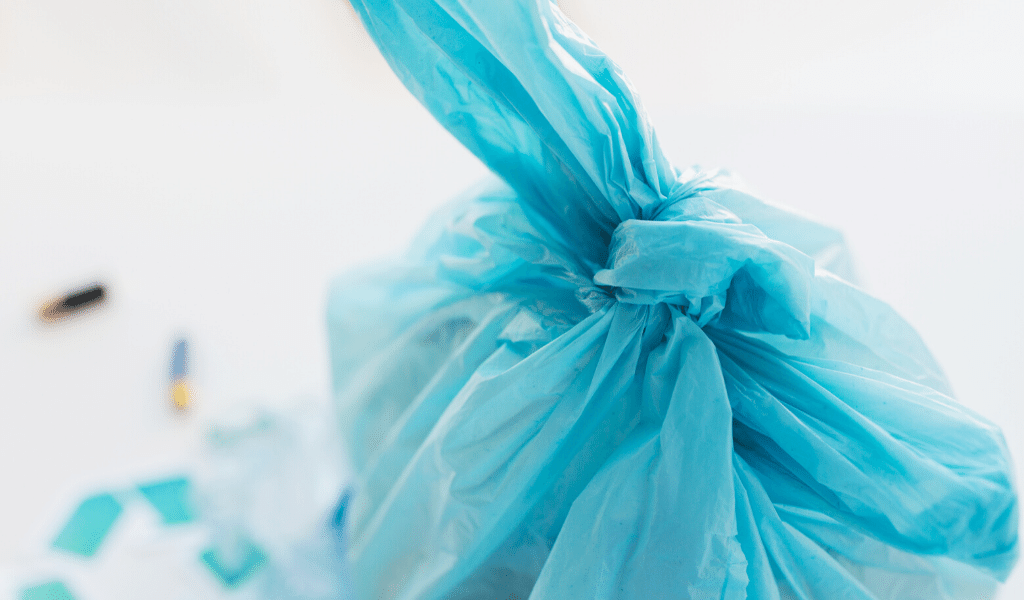
Waste
- Waste from possible cases should be double bagged in plastic rubbish bags, tied when full and stored safely, away from children.
- Do not put this waste out until negative test results are known or it has been stored for at least 72 hours.
- All other waste can be disposed of as normal.
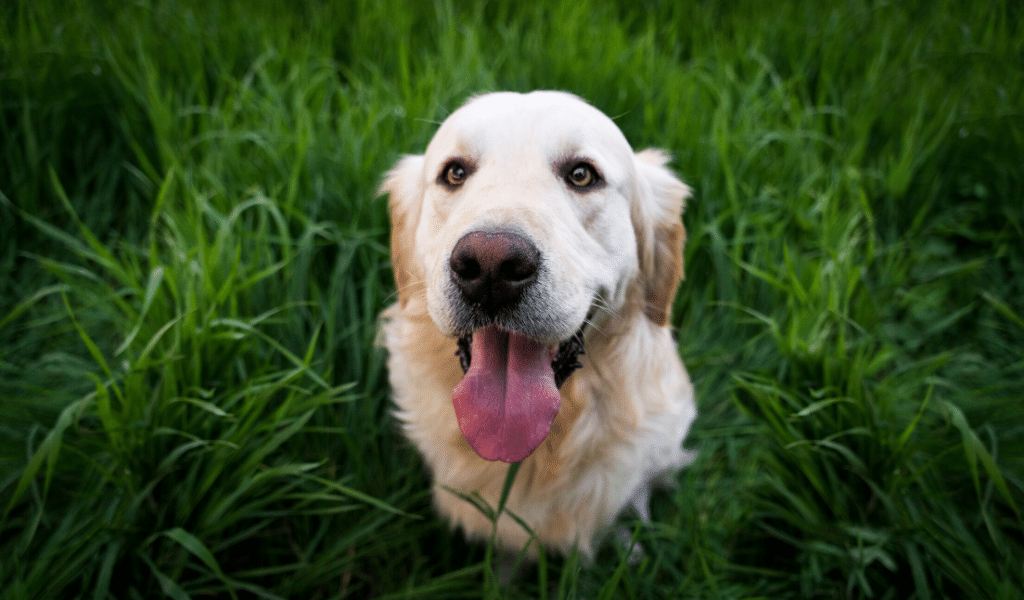
Pets
There is no specific Covid-19 guidance around keeping pets, so the usual hygiene practices should be observed, such as hand washing. If you have any concerns about contact between your pets and children in the setting be guided by your risk assessment, including restricting access if you feel this is appropriate.
Knowledge of the Coronavirus and accompanying guidance are being developed and updated frequently so do sign up to Government alerts to ensure your knowledge is current and up to date.









